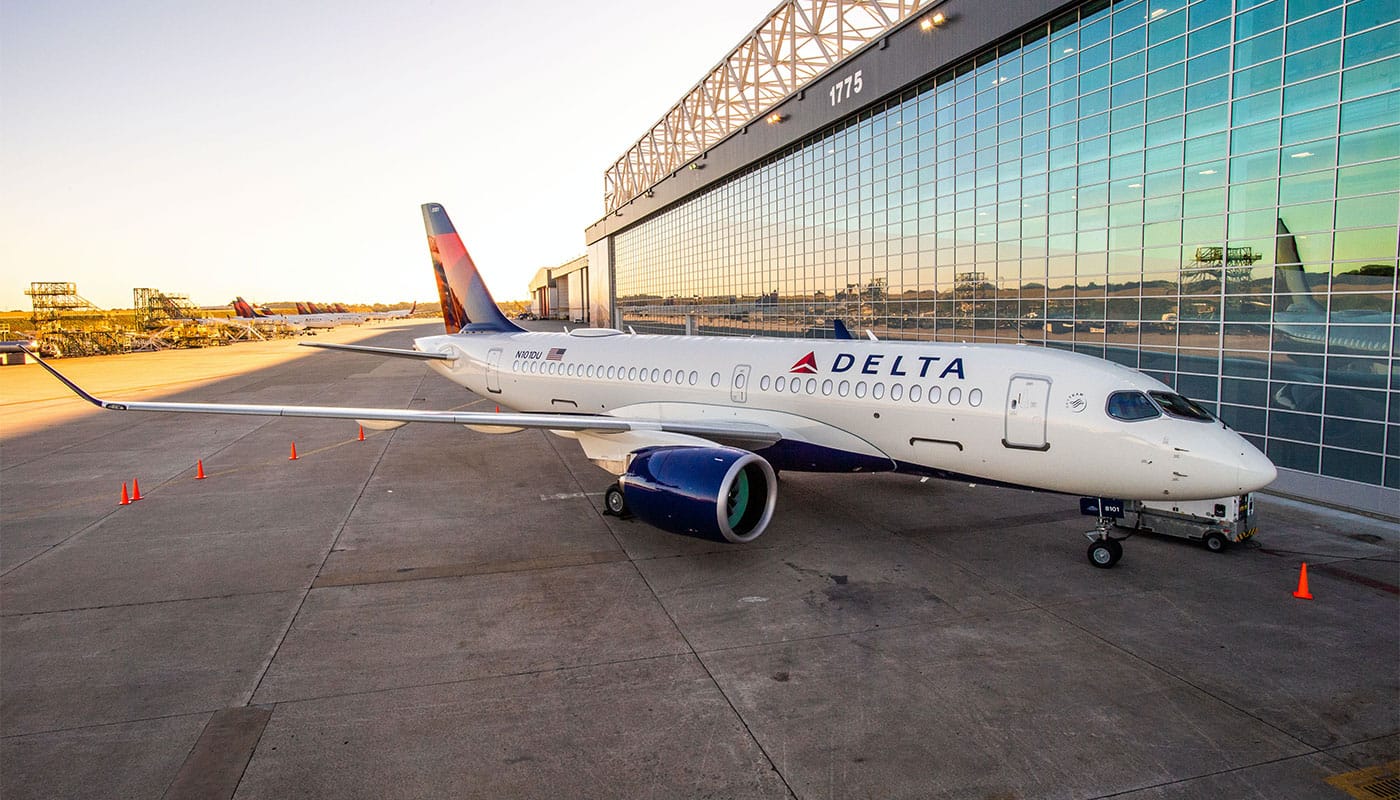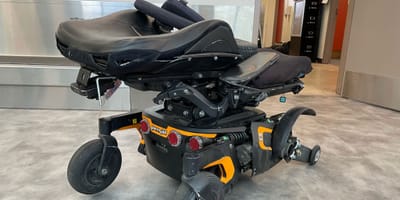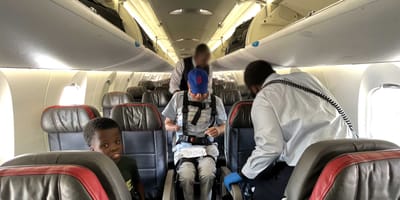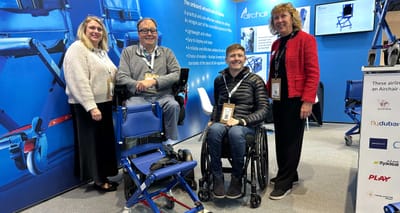The Airbus A220 is a new, narrow-body passenger jet developed by Bombardier Aerospace and later acquired by Airbus. The aircraft is sold in two variants, -100 and -300, and there are nearly 100 currently in operation with airlines around the world. Delta Air Lines is one of the world’s largest operators of the Airbus A220, with a total order of 95 planes.
Interest in the type is driven by its increased fuel efficiency and innovative interiors that are popular among passengers. Delta’s A220 fleet features entertainment systems at each seat, high-speed 2Ku wi-fi, larger overhead bins and extra-large windows. But the aircraft’s most notable feature, a wheelchair accessible lavatory, hasn’t received much attention.
I wanted to take a look inside to see just how accessible the Airbus A220’s lavatory is, and booked a ticket on Delta flight DL 1226, a quick 2-our trip from Seattle, Washington to San Jose, California.
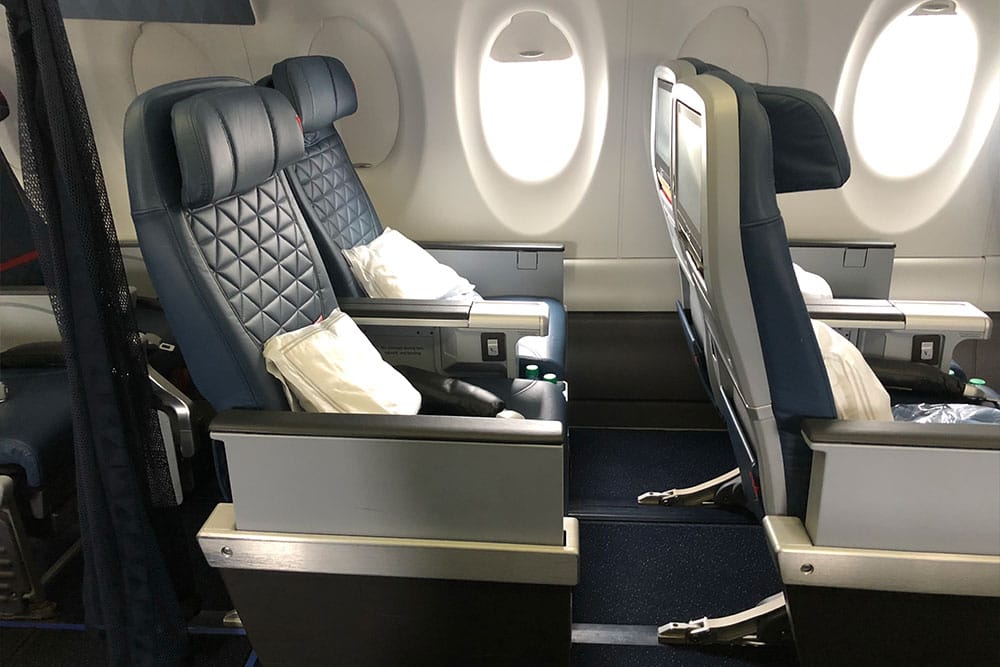
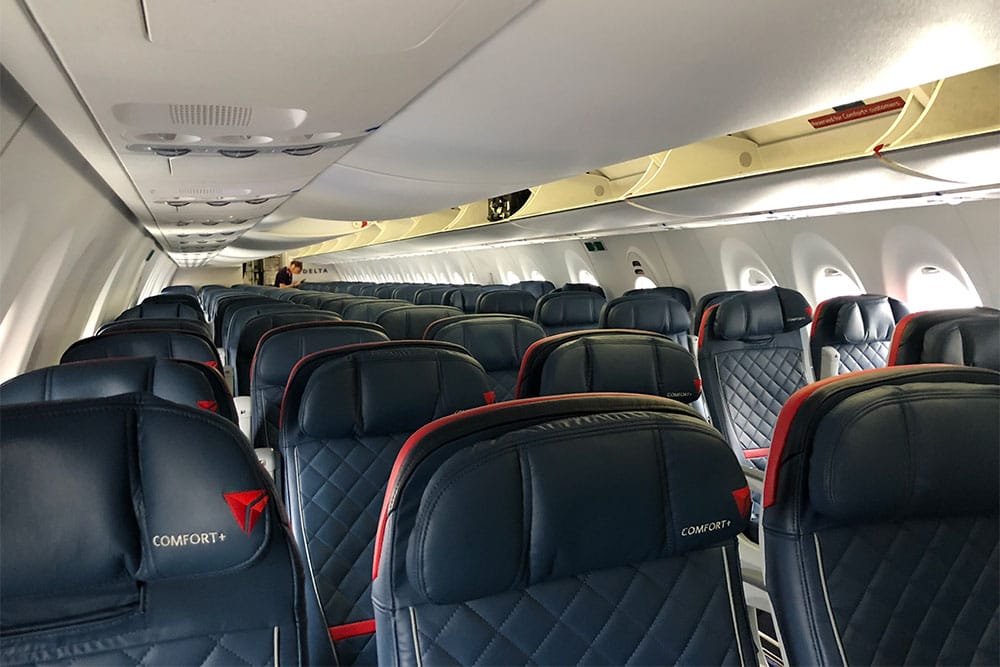
The cabin was clean and refreshing, with in-flight entertainment screens, a power outlet and USB port at each seat. Delta is certainly a leader in cabin interior design, and placing the focus on the passenger experience.
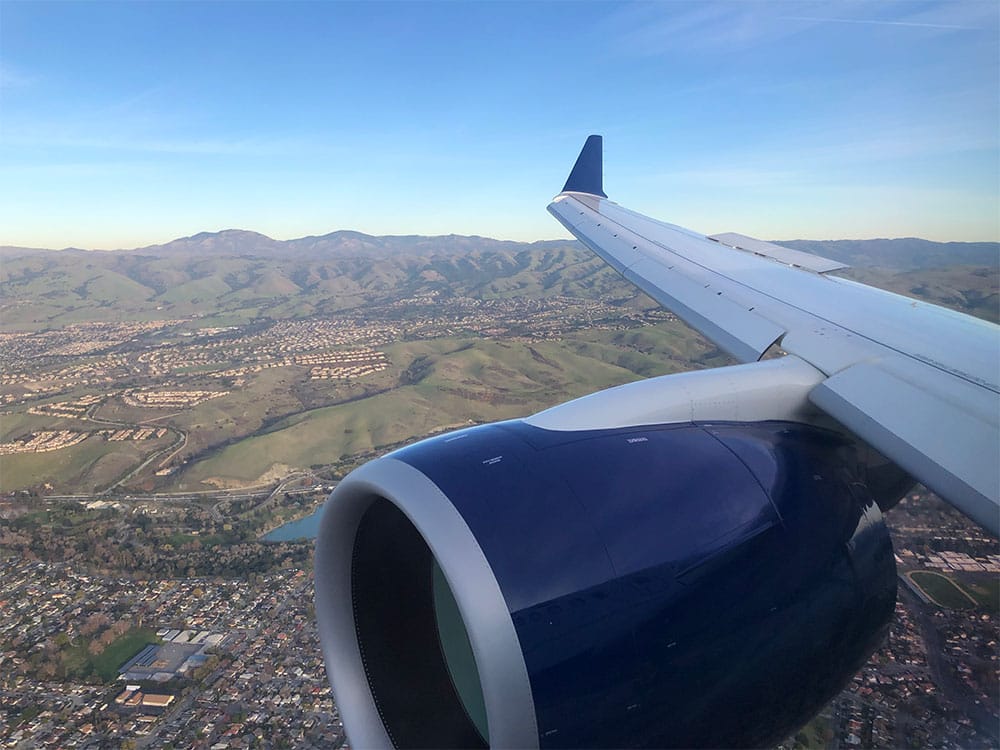
The Airbus A220 features larger windows, which provide a great view of landscapes below. The view from my window during descent into the Bay Area was picturesque.
About halfway through the flight, after drink service had concluded, I rang my call bell and told the flight attendant that I wished to use the lavatory. He went to retrieve the onboard aisle chair and returned a few minutes later.
The Airbus A220’s wheelchair accessible lavatory is located at the rear of the aircraft. Because I was seated in first class in row 3, I had to be wheeled down the aisle past 20 other rows. The first thing I noticed was the width of the aisle — it’s amazing what a couple of extra inches can do for accessibility. I wasn’t hitting every seat or passenger on the way back.
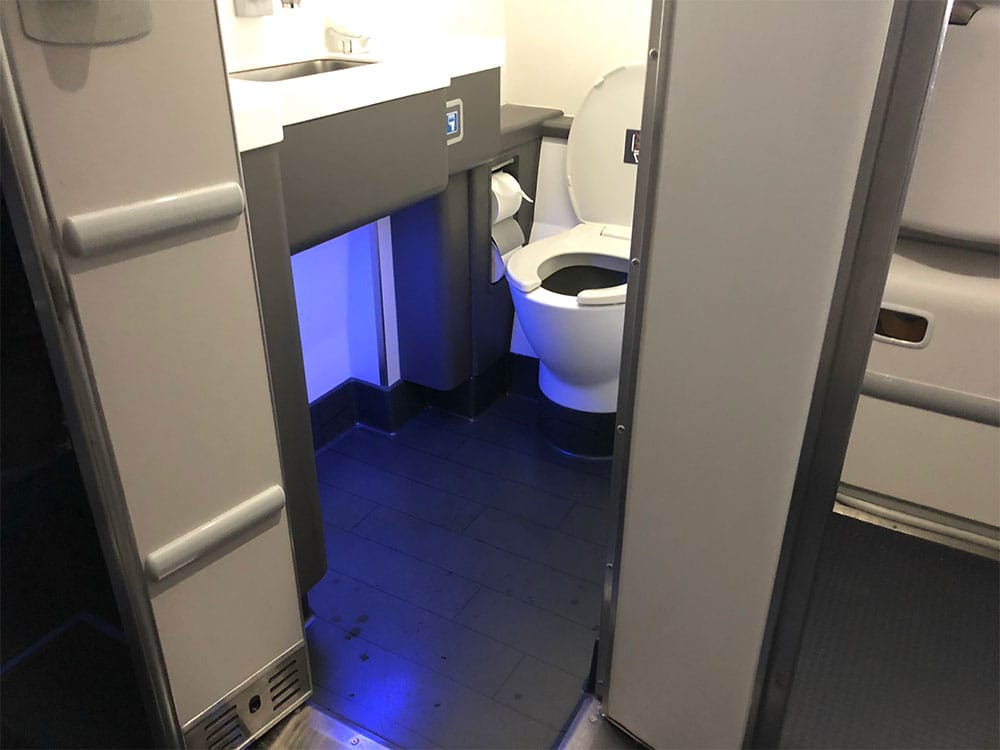
The bathroom wall is opened a few inches by the flight attendant to create extra space for entry. The threshold is difficult to push the aisle chair over, but we managed.
The aisle chair is parked with the passenger facing the sink, and the door is closed. From there, the wheelchair user must transfer onto the front of the toilet. As a person with legs amputated below the knees, this was easier for me than it would be for other passengers.
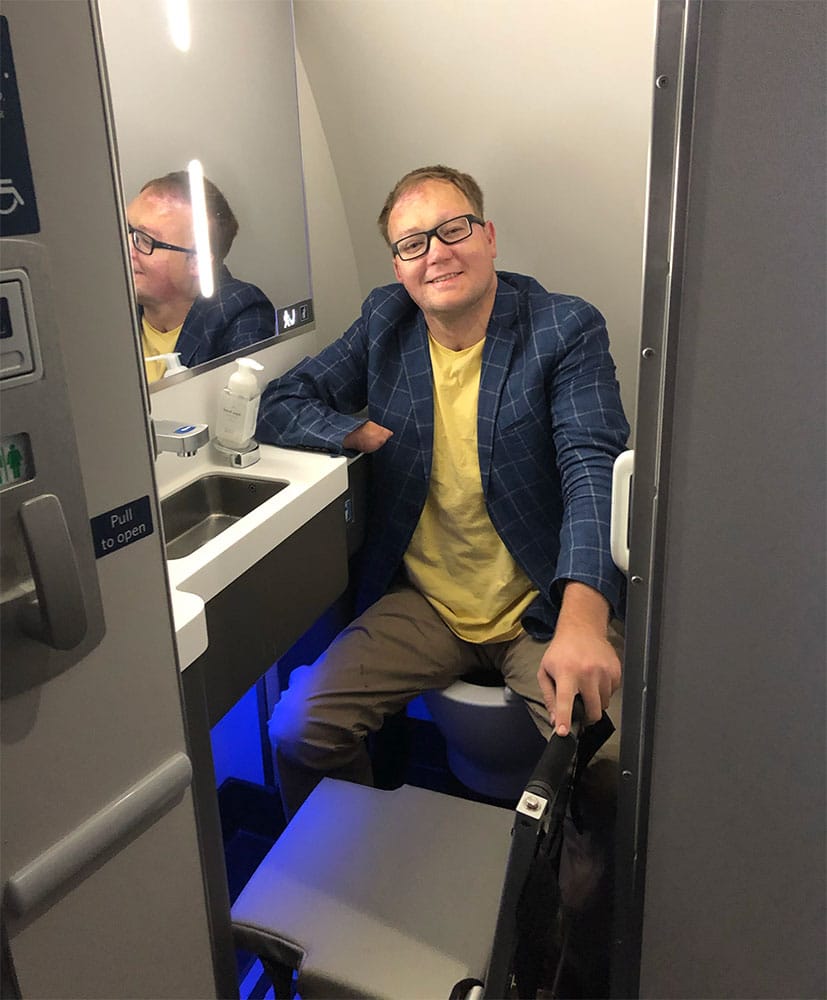
The photo above depicts me seated on the toilet to give perspective on the lavatory’s size. The space was small and very cramped, and this facility was much less accessible than the accessible lavatories on larger airplanes. To be truly accessible, it must be larger.
That said, a partially accessible lavatory on a narrow-body airline is a welcome development in aviation. I hope that more carriers will invest in accessible toilets on narrow-body aircraft, especially on types where the option is not a standard feature. Disabled passengers have a right to use the bathroom on all flights, not just those operated on the largest aircraft.
Featured image courtesy Delta Air Lines (Chris Rank/Rank Studios 2018).

